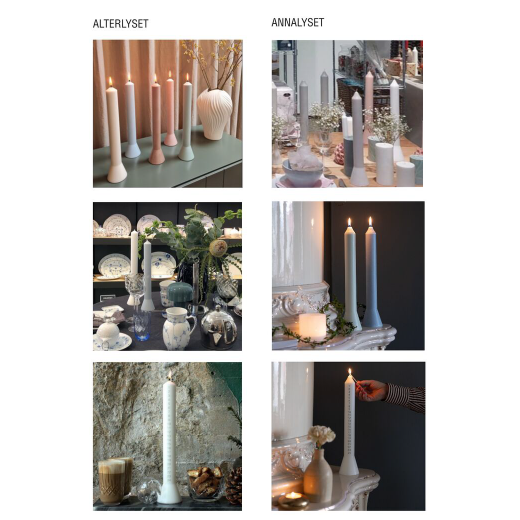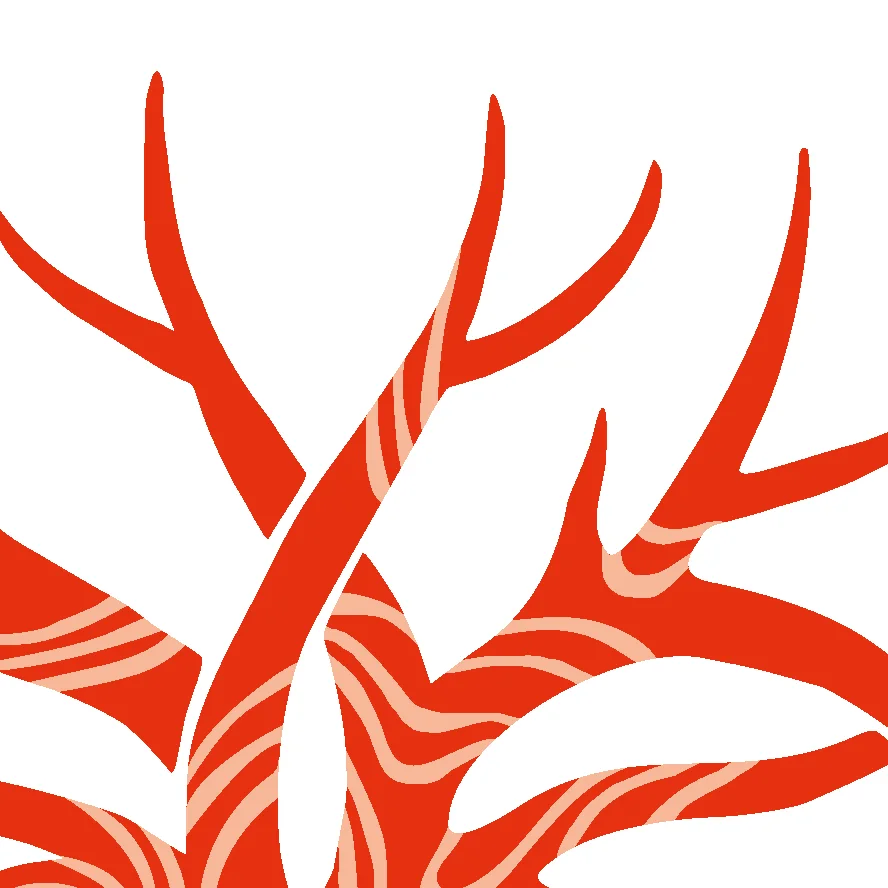PAK vs KAP

A New Approach to Organizational Transformation
by Michael McKay, 04.10.2023
I once had the privilege of being taught and mentored by Jerry Sternin, a legendary ethnographer and a pioneer in the co-development space. Jerry championed the idea of harnessing the creative power of users to devise better solutions for intricate, inherent problems. Instead of imposing external technical solutions that often faced rejection, he believed in driving behavior change from within through working with behaviours and practical means rather than abstract theories and dependence on knowledge before action. He worked in environements that were quite different from our corporate, established organizations – in the impoverished rural villages, war zones and depressed favellas of the World. Jerry’s philosophy revolved around a fundamental shift in learning approach: PAK versus KAP.
PAK stands for Practice, Application, Knowledge: a holistic approach that drives transformative change in organizations. It begins with Practice, where hands-on experience demonstrates immediate value, instilling trust and fostering hope within the team. Through Application, we then expand our horizons, capturing value incrementally. And with Knowledge, we delve deep into underlying theories, reflecting on the methodologies introduced and understanding their efficacy.
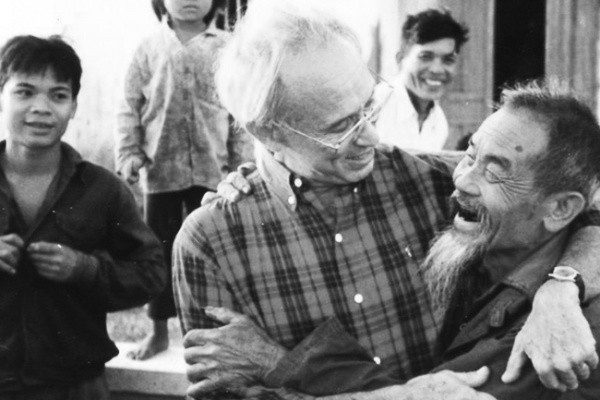
Jerry believed that this bottom-up approach was the key to driving sustainable change in any organization. Having successfully applied this groundbreaking tactic in challenging environments like refugee camps, starved villages, and war zones, he demonstrated that this mode of learning is universally effective.
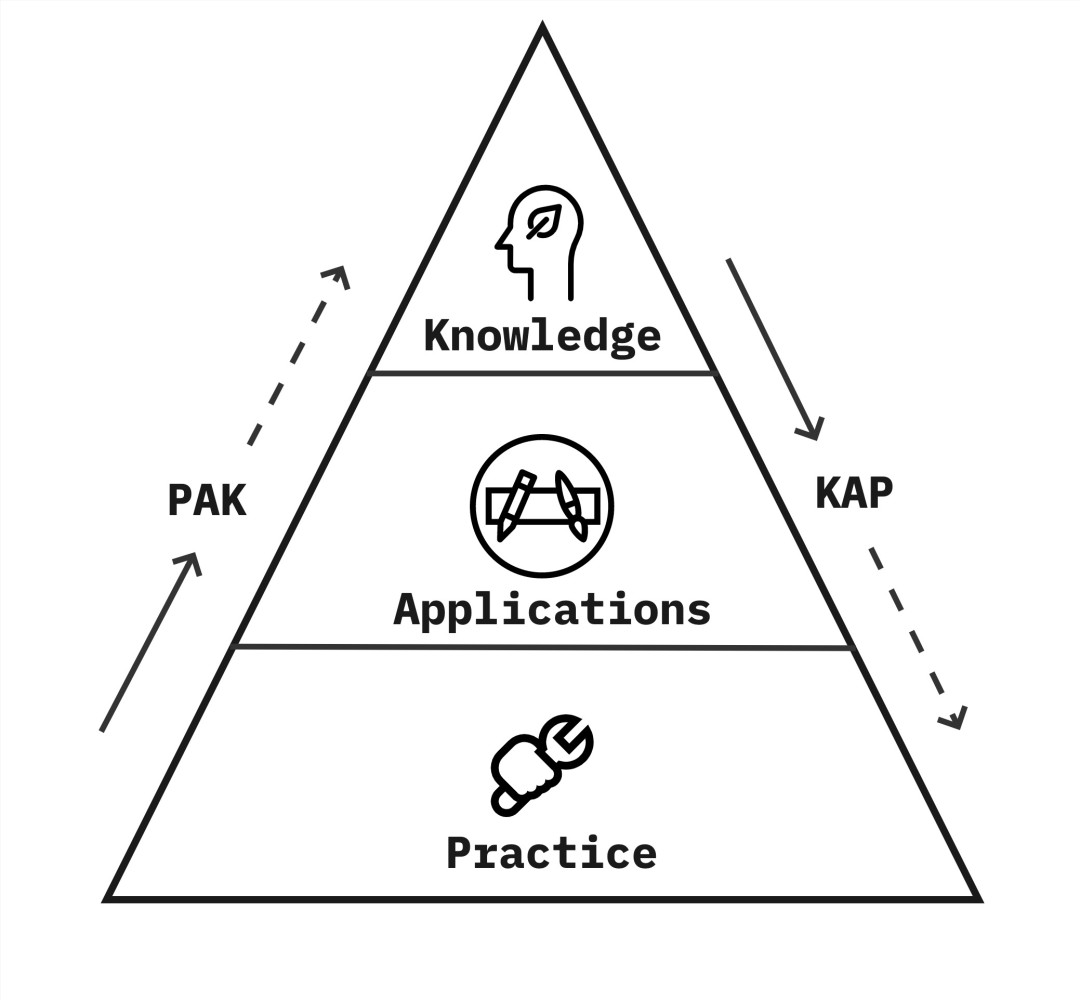
In contrast, the traditional learning method we encounter in schools and academia is KAP: Knowledge, Application, Practice. This top-down approach starts by introducing us to new, often foreign theories. We’re then shown how these theories can be applied, but it’s still in a theoretical realm, leaving many of us struggling to see its relevance. Only when we reach the Practice phase do we begin to grasp the potential value of what we’ve learned.
In my daily work with advanced organizations, I’ve found that the PAK approach isn’t limited to extreme situations like those Jerry studied; it’s universally applicable to any human team. My method begins with tangible, short bursts of strategic design work. I target carefully selected problems, ones that the organization is already familiar with and has found persistently challenging. These are often termed “wicked problems” due to their cross-organizational nature, deep dependence on human interactions, and the intricate dilemmas and relationships they encompass.
By addressing just a fraction of these wicked problems, we achieve a ‘P’ – a practical realization that these methods are effective for this specific application. This hands-on approach fosters a newfound confidence within the team, especially when they witness progress in areas that may have been pain points for years. As we move forward, I adapt and redeploy the strategic design tools to address other challenges within the organization, further solidifying the belief that we’re on a path to something truly valuable.
However, it’s crucial for me to maintain a close connection with the organization throughout this journey. There’s a risk that teams might revert to their old ways, thinking, “That was a great exercise, now back to our usual routine.” Alternatively, they might become overconfident, believing they can now apply the same method to every challenge without further guidance. Both scenarios are problematic. The former indicates we haven’t pushed hard enough for lasting change, while the latter can lead to significant frustration and misapplication of the methods.
Transitioning into the ‘K’ mode is vital. It’s here that we cultivate real knowledge, elevating practitioners to a mastery level. They become adept with the methods and frameworks, gaining the proficiency to modify tools and discern when to apply them differently. This deep understanding, the ‘K’ level, is the culmination of the PAK approach and ensures sustainable, impactful change.
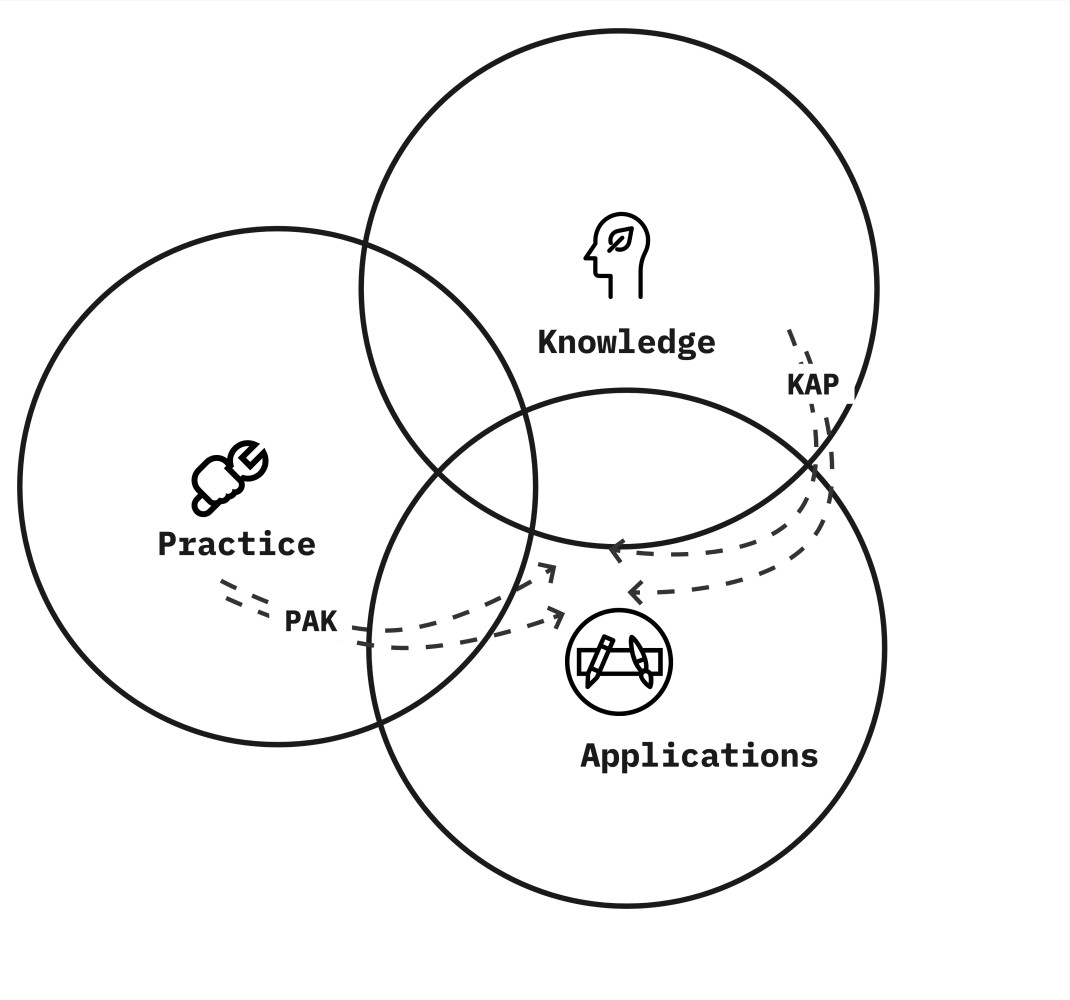
In today’s rapidly evolving business landscape, organizations are constantly seeking effective strategies to stay ahead. The PAK approach offers not just a strategy, but a philosophy that prioritizes human experience and practical results. It’s a method that has proven its worth in diverse settings, from challenging environments like refugee camps to advanced organizations in the corporate world.
Are you about to embark on a transformation? If you’re curious about how the PAK approach could add value to your journey and drive meaningful change in your organization, I invite you to reach out. Let’s discuss how we can tailor this method to your unique challenges and objectives, ensuring a successful and sustainable transformation. Your organization’s future deserves a strategy that’s both effective and human-centric.
In conclusion, the PAK approach offers a fresh perspective on organizational transformation. By emphasizing hands-on practice, broad application, and deep knowledge, it provides a roadmap for sustainable change that is both effective and universally applicable. Whether you’re leading a team in a corporate setting or navigating the challenges of a start-up, the PAK philosophy is a tool worth considering. Let’s explore the possibilities together and usher in a new era of transformative success.
Facts
Michael McKay has an impressive back catalogue of successfully introducing User Driven Innovation and co-creation cultures in large size organizations like Amazon and Paypal among others.
In a series of articles Michael McKay writes about how companies can utilize the potential of design.

